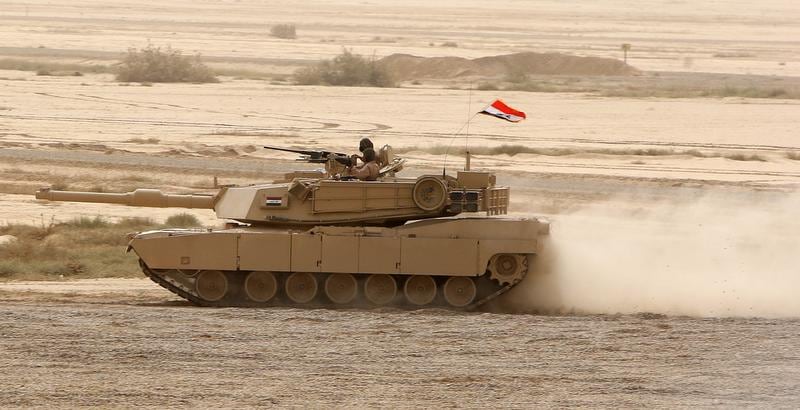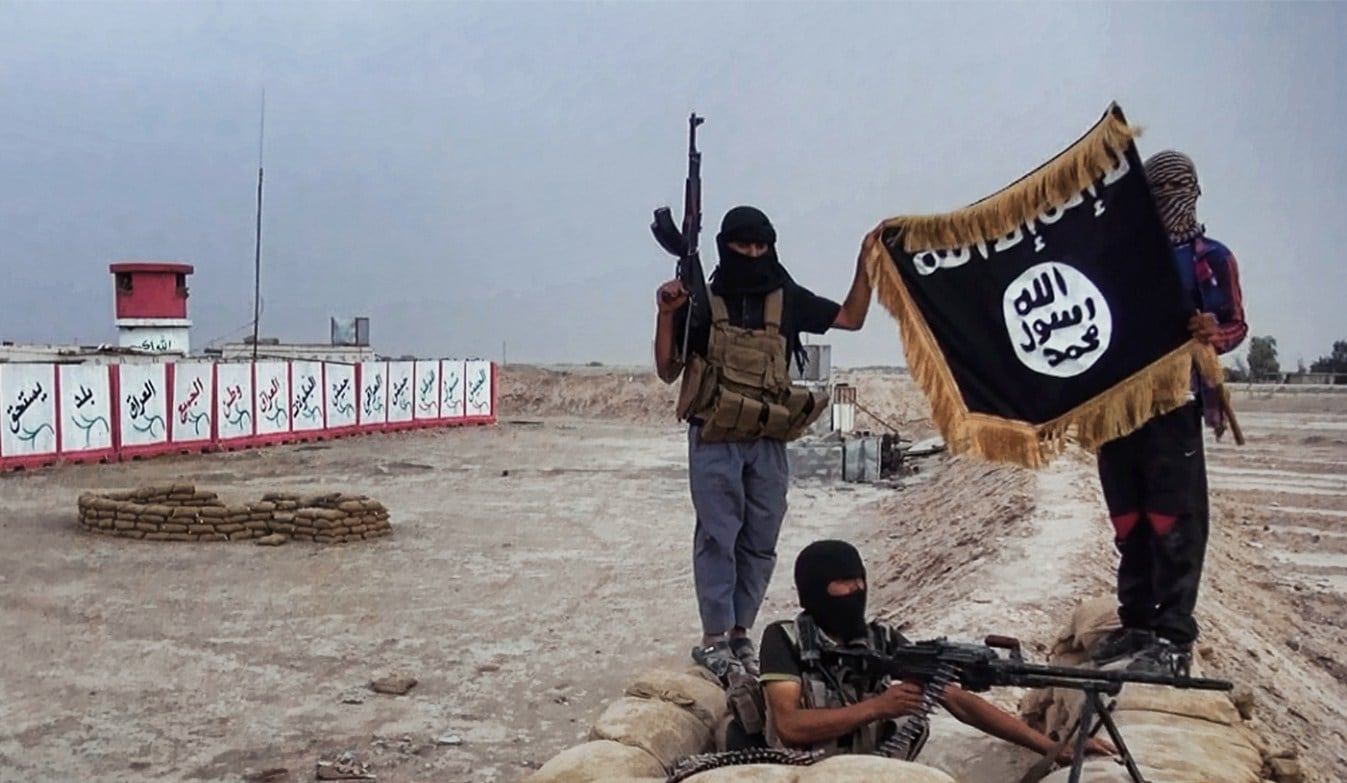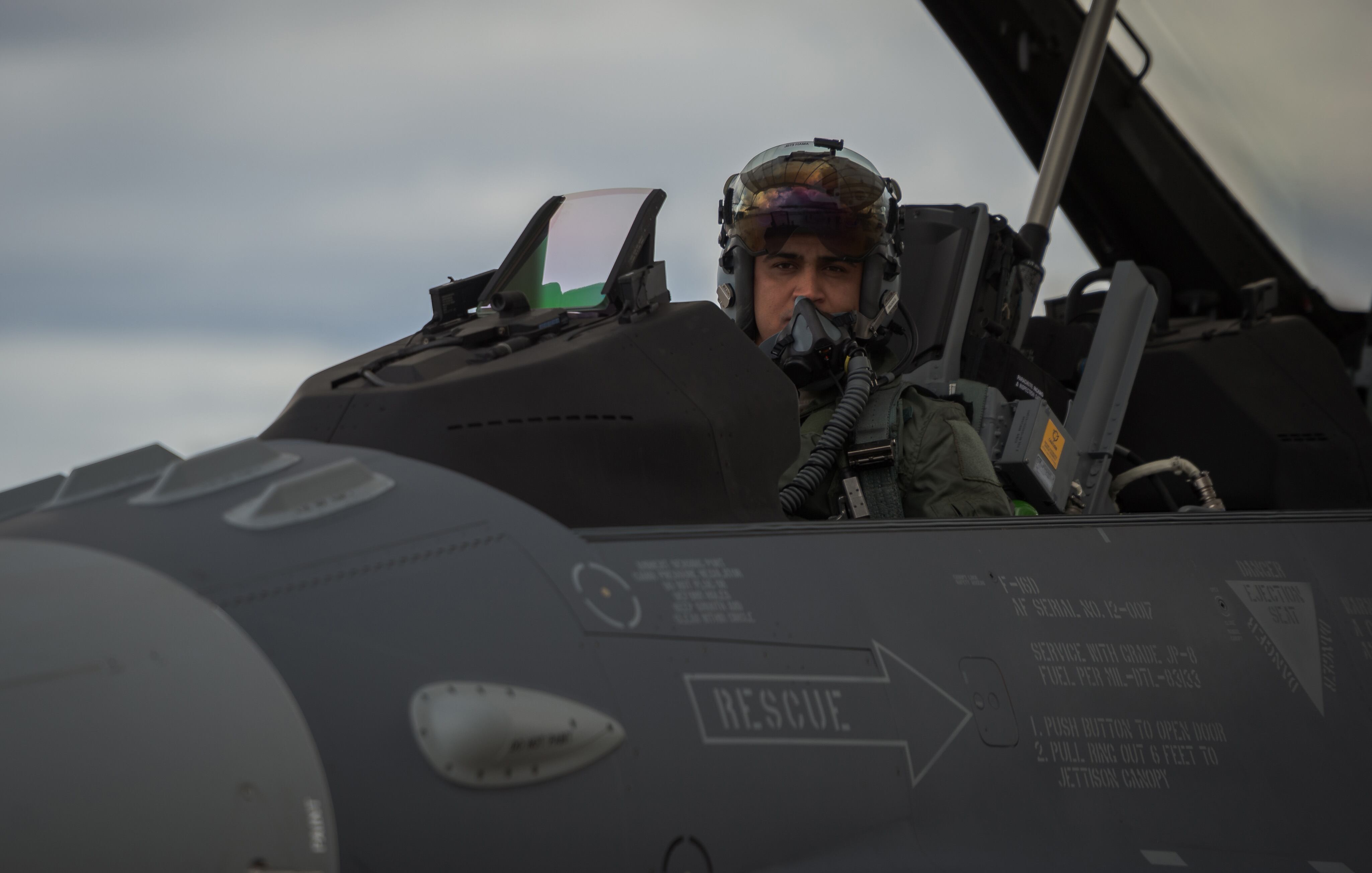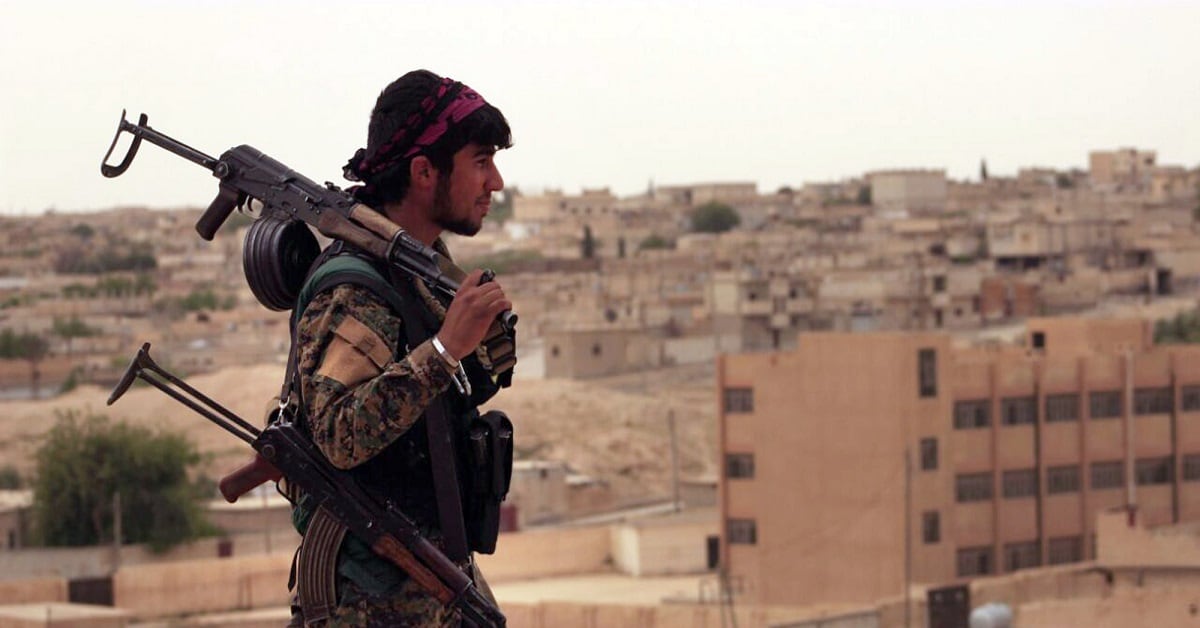The coalition in Iraq is working to transition the U.S. Air Force into a less-kinetic role, but Islamic State holdouts across the still-fragile country demand attention.
"Actually, I think the situation has gotten a lot better since October," said Air Force Brig. Gen. Andrew Croft, deputy commander for Air, Combined Joint Forces Land Component Command, Operation Inherent Resolve.
“There are still remnants of ISIS in that Kirkuk to Makhmour area,” he said at a Pentagon press briefing Tuesday. “That's where we've done the last few operations with Iraqi security forces.”
Croft described a diagonal line where ISIS fragments still remain, stretching across the northern handle of Iraq and intersecting Kirkuk — where Iraqi security forces controversially crushed Kurdish separatists in October 2017.
RELATED

"We find fragments of ISIS and we work with Iraqi security forces to go after those fragments — we've done that in the last month or two,” Croft said.

Routing remaining ISIS fighters is a key part of an effort to shift the overall coalition mission in Iraq. For the air component, that push is towards a Coalition Aviation Advisory and Training Team.
"That is going to be the future Air Force wing,” Croft said. “It's about 350 U.S. members, and then we're going to use about 100 to 120 coalition members to man that wing."
This new team will push along the development of an Iraqi air force, with Iraqi forward air controllers and pilots capable of guarding the country from ISIS.
"Instead of bringing [new] people in, we repurpose current airmen who are doing jobs in support of combat operations,” Croft said of coalition forces currently in Iraq. “And as those combat operations drop off, we repurpose those airmen into that training environment, or if they're no longer required, we take them out of Iraq and send them home."

Another area of concern for ISIS resurgence is in the Anbar region.
“As far as the numbers we find in the Anbar desert, they are [small],” Croft said. “They’re not coming from Syria that we’re seeing, although that would be a concern in the future and we’re fully aware of that possibility. But the numbers that are out there, it is small numbers, and we think they are just existing or trying to survive out there in the desert.”
Some have feared that ISIS fighters in Anbar could be bolstered by their allies in nearby Syria, where U.S.-backed Syrian Democratic Forces have begun to depart the fight in order to help their Kurdish allies fight against Turkey in Afrin, Syria.
“The Turkish actions in northern Syria ... have distracted the SDF from the fight going against the remnants of ISIS,” Defense Secretary Jim Mattis told reporters at the Pentagon Tuesday.
RELATED

Mattis described a stretch of the Middle Euphrates River Valley in Syria that feeds into the Iraqi border, “where the remnants of ISIS still exist,” he said.
“To be more precise, you go over to Deir Ezzor, and go down that river valley toward Al Qaim on the Iraq border. That is the area,” Mattis added.
In practical terms, Mattis said this distraction means “we are no longer on an offensive effort on the ground against them [ISIS], as this [Turkish operation] has drawn off the attention.”
Kyle Rempfer was an editor and reporter who has covered combat operations, criminal cases, foreign military assistance and training accidents. Before entering journalism, Kyle served in U.S. Air Force Special Tactics and deployed in 2014 to Paktika Province, Afghanistan, and Baghdad, Iraq.





